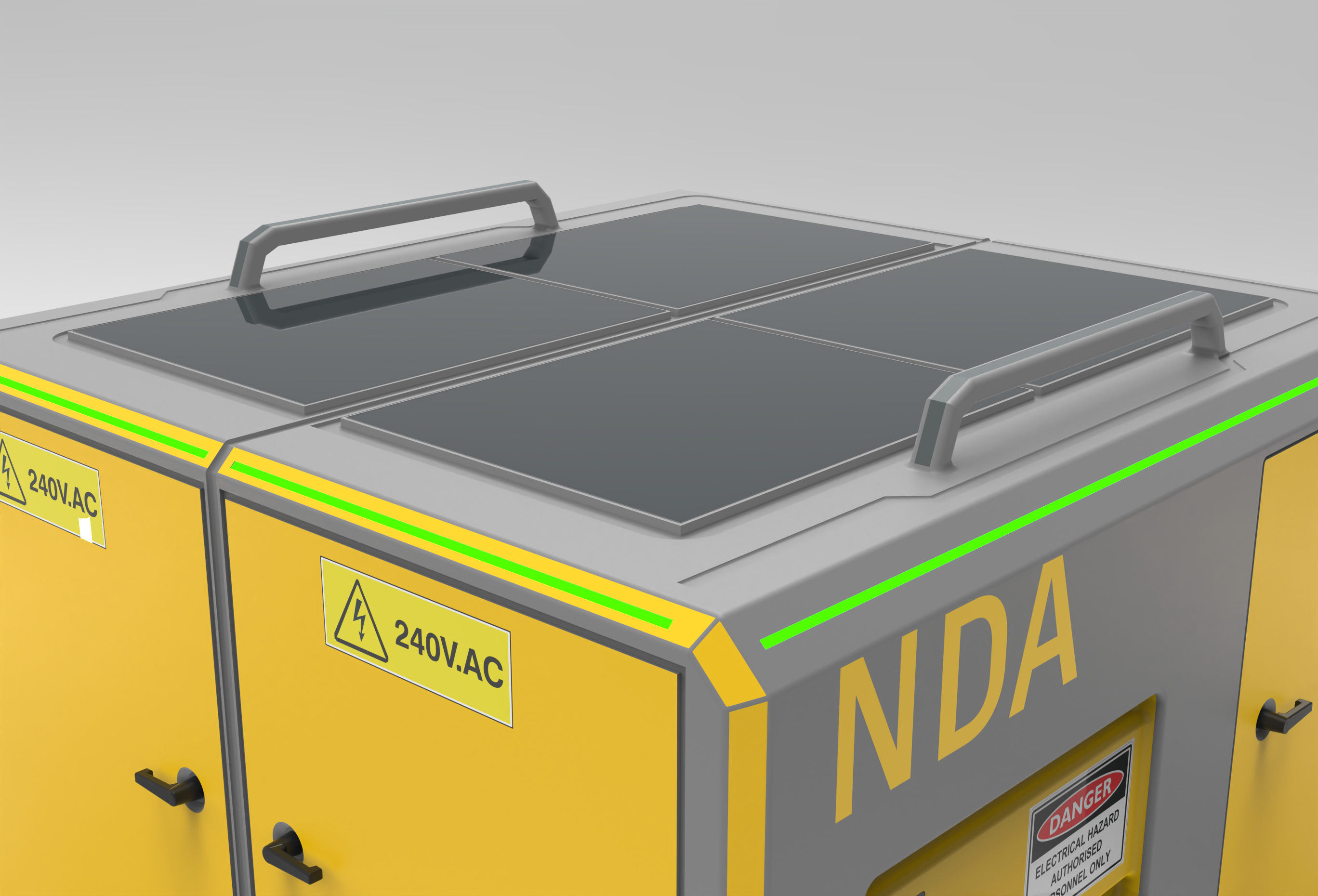Industrial - Bachelors
The NDA: Innovation in Marine Renewable Energy
The NDA is a product that is responsible for providing clean, reliable and cost-efficient energy for small coastal communities in energy poverty. The purpose was to create a small-scale hydropower unit that is fit for the community and to promote jobs.






































